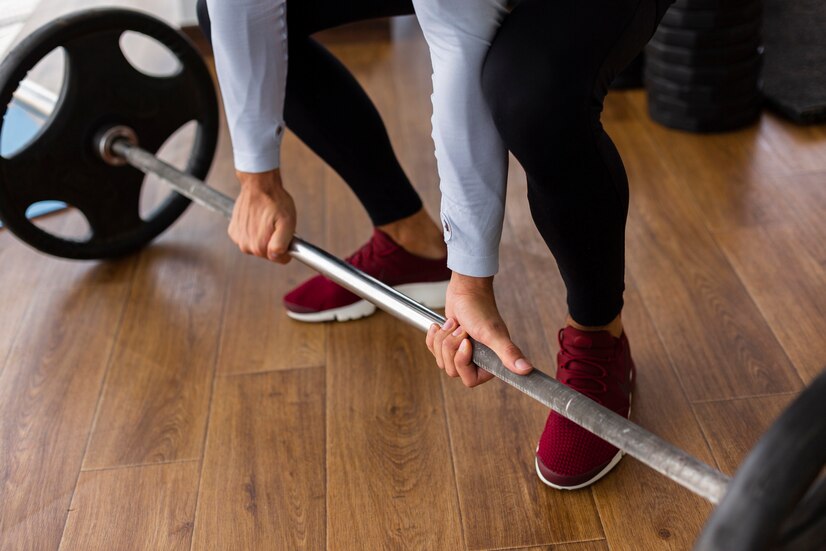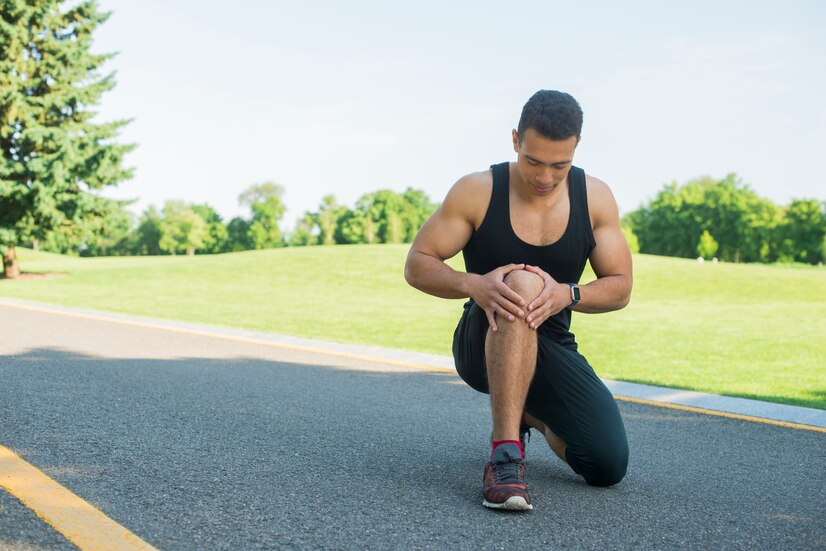 Let’s explore 5 ways cycling reduces the risk of chronic diseases. Discovering methods to maintain an active lifestyle is becoming more and more important in the fast-paced world of today, where convenience frequently takes precedence over physical activity. Fortunately, cycling is one easy activity that may make a big difference in your health. In addition to being a pleasurable and entertaining mode of transportation, riding a bike has many health advantages that can lower the risk of chronic illnesses and enhance general well-being. Let’s look at five ways that cycling can encourage a healthier lifestyle and reduce the risk of chronic illness.
Let’s explore 5 ways cycling reduces the risk of chronic diseases. Discovering methods to maintain an active lifestyle is becoming more and more important in the fast-paced world of today, where convenience frequently takes precedence over physical activity. Fortunately, cycling is one easy activity that may make a big difference in your health. In addition to being a pleasurable and entertaining mode of transportation, riding a bike has many health advantages that can lower the risk of chronic illnesses and enhance general well-being. Let’s look at five ways that cycling can encourage a healthier lifestyle and reduce the risk of chronic illness.
One benefit of cycling is that it is beneficial to cardiovascular health.
Not only are you moving from point A to point B when you get on your bike and start peddling, but you’re also working out your heart. Cycling is a great type of aerobic activity that increases blood flow and heart rate. Frequent cycling can reduce the risk of high blood pressure, heart disease, and stroke while also strengthening your heart muscles and improving circulation.
Losing Weight: Burn Calories and Drop Pounds
Cycling has many cardiovascular advantages, but it’s also a useful tool for controlling weight and maintaining a balanced body composition. Every pedal stroke you make when cycling, whether for fitness or commuting, helps boost metabolism and burn calories. Regular cycling can eventually assist you in losing weight and preventing obesity, which is a major risk factor for long-term conditions like type 2 diabetes, some types of cancer, and cardiovascular illnesses.
Maintain Mobility with Low-Impact Exercise for Joint Health
Cycling is a low-impact workout that is suitable for people of all ages and fitness levels because it is not as taxing on the joints as high-impact sports like running or leaping. Riding a bike helps reduce stiffness, increase joint mobility, and ease discomfort related to disorders like arthritis because of its smooth, repetitive motion. You can maintain your joints’ flexibility and health by including cycling in your routine, which will keep you active and involved in the things you enjoy.
Mental Health: Embark on a Journey to Happiness
Riding a bike is helpful for your emotional health in addition to your physical health. Endorphins are neurotransmitters that are released when cycling on beautiful trails or the open road. These neurotransmitters increase sensations of enjoyment and ecstasy. Riding a bicycle can help elevate mood, lower stress, anxiety, and sadness, and increase self-esteem. Cycling can also offer a much-needed mental respite from the demands of everyday life, as well as a sense of accomplishment and freedom.
Longevity: Get Stronger and Live Longer
Regular activity, like cycling, has been demonstrated in numerous studies to prolong lifespan and extend life expectancy. Cycling can help you live a longer, healthier life by lowering your risk of chronic diseases and preserving your general health and fitness. Every pedal stroke you take toward a healthier, brighter future—whether you’re riding a bike to work, discovering new routes on the weekends, or joining a group ride with friends—will help you get there.
FAQs Regarding Prevention of Chronic Illnesses and Cycling
Q. How frequently should I ride a bike to get the health benefits?
A. Aim for at least 150 minutes a week, spaced out across multiple days, of moderate-intensity cycling. This could entail taking longer weekend rides or riding a bicycle to work a couple of days a week.
Q. I want to start riding, but do I need any specific equipment?
A. A bike and a helmet are all you need! Pick a bike that meets your demands and is comfortable, whether it’s a sporty road bike, a sturdy mountain bike, or a flexible hybrid.
Q. What if I don’t ride much or haven’t been in a long time?
A: As your fitness level increases, start slowly and progressively increasing the duration and intensity of your rides. To get started, think about signing up for a beginner’s riding group or hiring a cycling instructor.
Q: If I am disabled or have a chronic illness, can I still cycle?
A: Definitely! Cycling is a low-impact workout that works well for individuals of various ages, fitness levels, and skill levels. For advice on how to safely include cycling in your routine, consult your physician or a certified cycling instructor.
Q. Are there any safety guidelines I should follow when riding a bicycle?
A. Always wear a helmet and bright clothing, follow the rules of the road, and maintain a vigilant and observant gaze. Consider enrolling in a bike safety course to acquire the fundamental knowledge and abilities needed for safe riding.
Q. If the weather is terrible or I don’t have access to outside riding routes, is it still possible for me to cycle indoors?
A: Sure, when the weather isn’t good outside, indoor cycling, sometimes referred to as spinning or stationary biking, is a terrific substitute. Indoor cycling lessons are available at many gyms, or you can purchase a stationary cycle for use at home.
Q. How can I increase cycling’s enjoyment and sustainability over time?
A: Change things up by riding on new routes, going on rides with loved ones, or taking part in cycling competitions and events. Establish objectives for yourself, acknowledge your successes, and never forget to have fun on the journey—both on and off the bike.
For more Valuable Information, Please Visit : https://fit-affiliate.com/7-nutri%d0%b5nt-pack%d0%b5d-whol%d0%b5-foods-to-transform-your-h%d0%b5alth/




